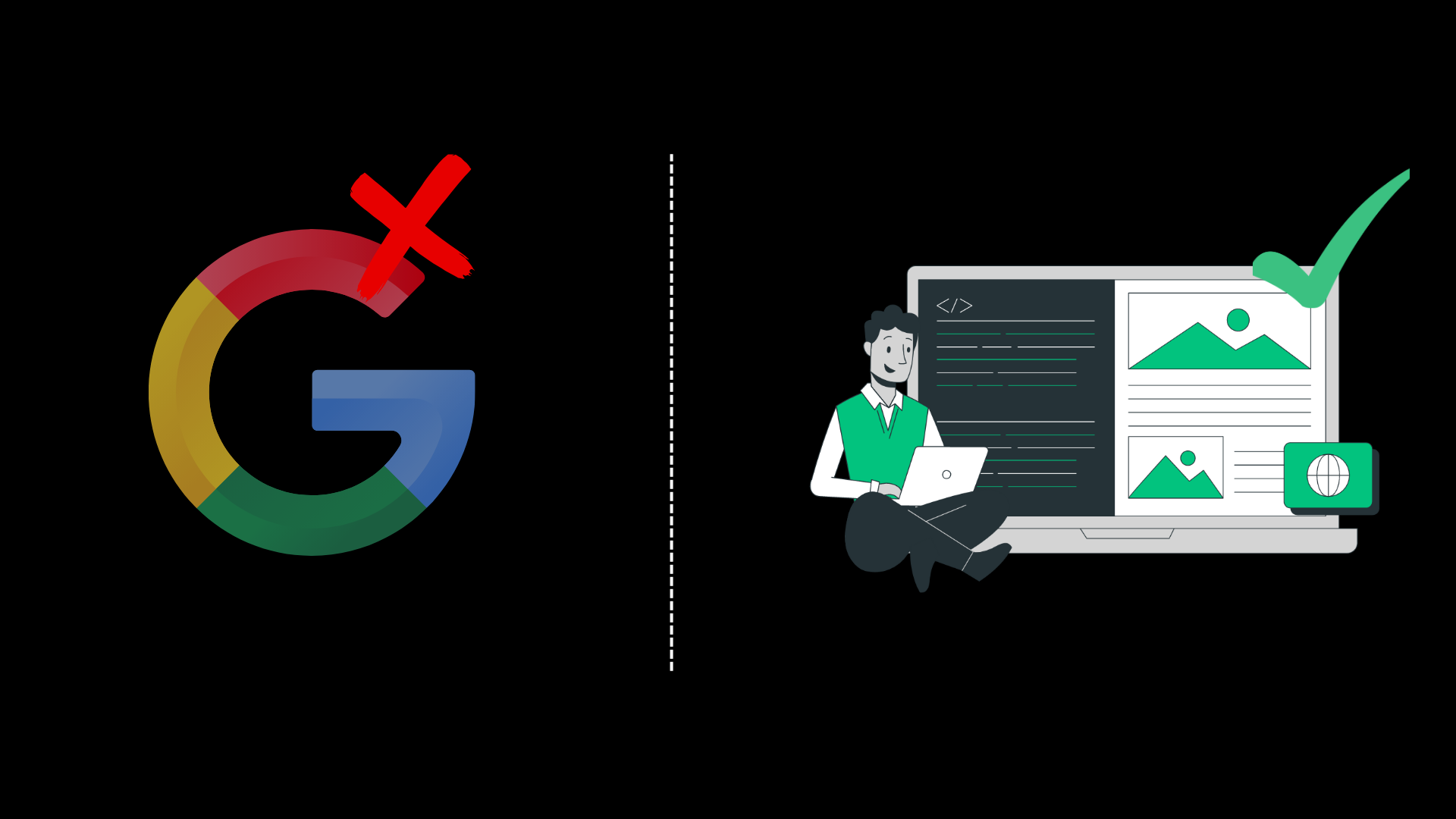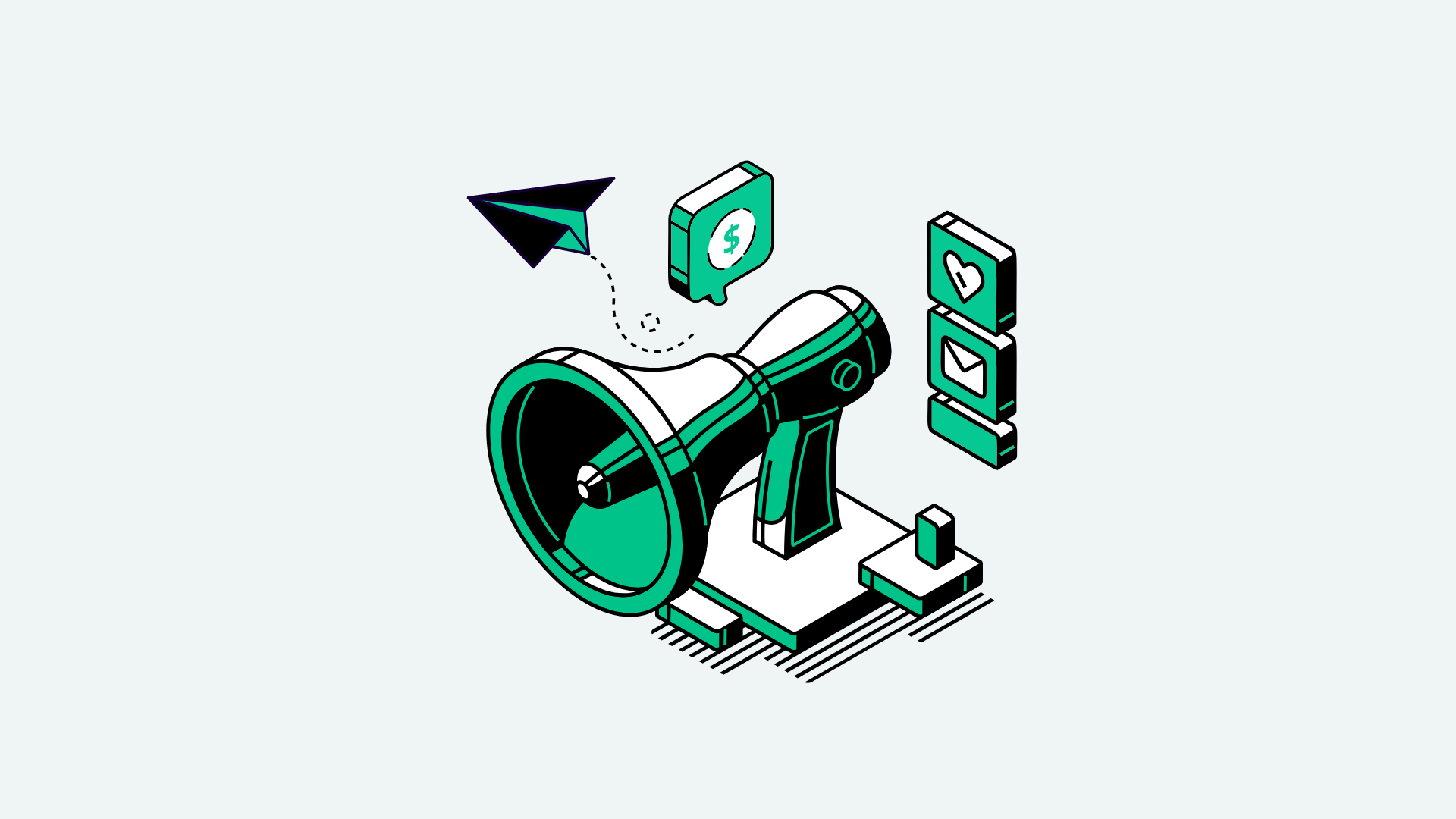For decades, publishers have been caught in the gravitational pull of Google, Facebook, and Instagram—chasing pageviews, gaming algorithms, and ultimately building reliance on traffic from third-party platforms. But in 2025, the rules have changed. Google’s AI Overviews now give answers before users ever click. Facebook’s reach is throttled, fragmented, and pay-to-play. The platforms that once felt like lifelines have become unreliable.
The good news? The path forward is clearer than ever: build what you own, serve who you know, and bet on your brand. The future of your business won’t be handed to you—it’s shaped by the choices you make now.
Turning the Page
Third-party traffic driving platforms were never a guarantee. The historical reliance on Google Search and social platforms for traffic and distribution was the chosen strategy for audience development and content teams, despite having no control over them. Fast forward two decades and publishers are literally feeding the systems that extract their content, preventing the need for a user to visit the website.
Organic traffic from social media platforms has been decreasing for years, and although Google organic search traffic is still the largest driver for many publishers, almost all are experiencing declines.
Website traffic from Google (or others!) likely will never reach zero, but by considering that it might, we’re forced to envision a reality where the fate of the business lies solely on us. And the publishers focusing on quality, audience ownership, and brand strength are positioned to thrive.
Rethinking Ads & UX
The case for lower ad density is no longer just about aesthetics—it’s a business strategy. The future for website ad monetization will be hinged on close, direct relationships with advertisers, and the publisher’s ability to deliver on campaign objectives.
In Q2 of this year, Freestar tested the assumption that CPMs, overall ad revenue, and campaign outcomes would all be higher with lower ad density across the network. After optimizing the ad layouts of publishers who averaged 30% ad density or higher by both reducing the quantity of units and by viewability, we continued to monitor over the following 3 months. Fresh results are as follows:
- Overall ad revenue has increased by 9%
- CPMs have increased 5%
- Pageviews have increased by 2%
- 20% fewer impressions served per session
When done right, fewer ads don’t mean less revenue—they mean better revenue. By increasing the value of each impression through strategic placement and optimized formats, publishers are seeing higher CPMs and improved engagement from both users and advertisers.
Three months after our network-wide ad layout improvements were complete, we’ve seen a 44% increase in spend through audience curation with top brands like Nestle, Walmart, Coca-Cola, Geico and many others. These results are a reflection of Freestar’s commitment to attract the best quality publishers in the world, and then work in partnership with them so that it stays that way.
The Real Trends Behind the Traffic
Despite what’s happening with Google and AI search results, organic search traffic — by far — remains the number one referral source for publishers. Not all sites are experiencing a decline in organic search, especially after the June algorithm update. Freestar monetizes roughly 5 billion pageviews a month, from many of the world’s largest publishers. In analyzing these properties in the age of AI, there remains a clear correlation between performance and quality and performance and site utility.
Amsive, our marketing agency partner, recently published an in-depth analysis from the June 2025 core update. Core updates, they explain, “… are often long-awaited by site owners and marketers, and can quickly reveal whether or not improvements made to a site will lead to increased organic visibility.”
The two commonalities from Freestar publishers that are growing in organic traffic are that they are high-quality and that they offer something valuable that AI can’t just scrape and replicate in another environment. They have a solid amount of direct traffic, meaning that browser or not, users are getting to the website. Well-known and trusted brands will be the publishers of the future.
Of Freestar’s top ten largest web properties in organic search, five have seen traffic uplift since June’s Google algorithm update of 25% or more.
The Most Valuable Asset Isn’t Traffic – It’s Your Audience
Authentic connection with users is everything, and the best approach is with first-party data (“FPD”). At Freestar, we view FPD as the foundation of a strong, sustainable relationship with your user. We recommend only requesting data that will be used in a privacy-safe manner to improve the experience for readers.
Our Audience Development team consults publishers on tactics like growing newsletter subscriber lists, launching custom newsletter programs, and enhancing existing ones for maximum impact. Successful newsletter programs are more valuable than ever as a primary way to turn the average reader into a brand loyalist.
As publisher-owned data continues to grow, Freestar’s identity strategy includes key ways to monetize FPD and authenticated traffic at a premium. We work with the top ID vendors in the industry, from probabilistic identifiers like LiveIntent HIRO, ID5, and Yahoo Connect ID to deterministic identifiers like Liveramp ATS, The Trade Desk’s UID 2.0 and Google PAIR. A strategic combination of these IDs run across all of our supply to increase addressability for advertisers, driving up deal-based revenue.
The Path Forward: Owned Audience Growth
The reality is that many websites are experiencing traffic loss. But as we navigate an unpredictable digital landscape, publishers who succeed will accept that the future of the business was always theirs to shape. Dependency on third-party systems – be it data, audience, or traffic platforms – has shifted to building and owning your audience.
By investing in direct channels like newsletters, podcasts, online communities, and branded content, relationships with readers will deepen. These channels foster engagement and help develop brand loyalists.
At Freestar, we’re a direct extension of your team and can maneuver in-market at a scale unachievable by any independent publisher. Our direct relationships with advertisers, first-party data strategy, and audience initiatives create more consistent revenue streams of the future and reduce dependence on platforms like Google, Facebook and X.
The Traffic Story Publishers Can’t Ignore
We are entering a new era, and there’s never been a better time to take control.
Ultimately, this shift requires a new mindset. One that prioritizes long-term value over short-term gains. Publishers should audit and improve their ad layouts to enhance both user experience and performance, while creating interesting products, content and brands. Success will come not from quick hacks, but from building sustainable habits rooted in quality, credibility, and audience trust.





